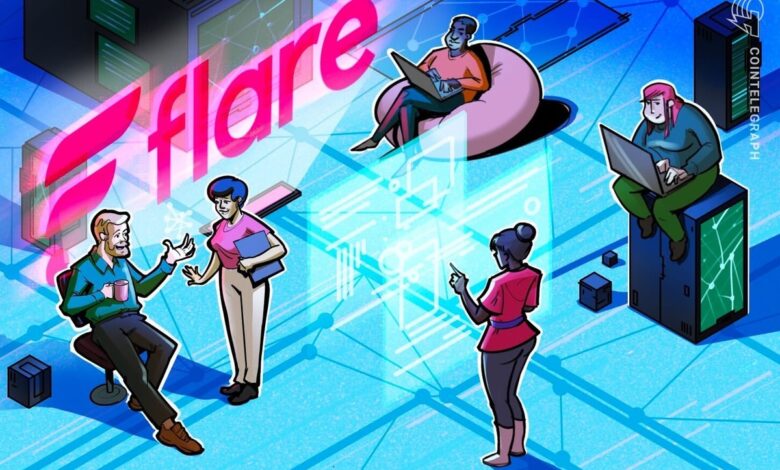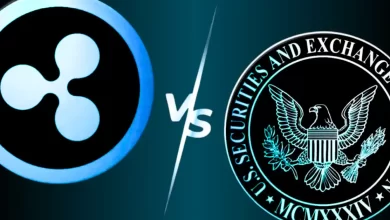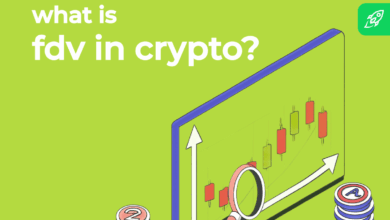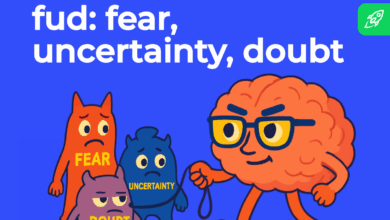More and better data for DApps: This project makes it happen

Blockchain technology offers a playground for software and decentralized application (DApp) development. Decentralized applications come with multiple perks, most notably the autonomous operation for which intermediaries are no longer needed. In this growing sector, the number of DApps is constantly increasing, but do these platforms truly serve everyday users? If not, how can the development of DApps and use cases reach their untapped potential?
Overcoming DApp constraints
In the big picture, more decentralized applications with actual use cases are needed for the blockchain industry to bloom fully. Unfortunately, many DApp development projects end up revolving around speculative investment, failing to bring to the table applications that could play a larger role in people’s lives. One of the key reasons is the lack of secure access to data outside of the blockchain a DApp is built upon. Projects are simply limited by what can be achieved using data that is currently available on-chain.
The development potential of DApps is closely intertwined with adoption and scalability. According to Flare founder and CEO Hugo Philion:
“The blockchain industry has defined a number of key technical challenges it needs to tackle to achieve greater adoption. One area we believe has been overlooked is scaling the utility capabilities of blockchain.”
What’s more, Philion adds that for the sector to grow further, it “needs to offer more applications that are more relevant to more people”. This is exactly where Flare steps forward, as it “enables developers to build more useful applications through the on-chain use of a greater range of securely-acquired data both from blockchains and the internet.”
Making data available
It’s all about data. To unleash the potential of much greater real-world utility, DApps need access to an increased variety of data, and this is where Flare, launched earlier this year, aims to offer a solution. Its EVM-based layer-1 blockchain provides decentralized access to high-integrity data from other chains and the global internet space. This allows developers to trustlessly overcome current compatibility issues between chains and data sources. In addition, this increased access to more types of off-chain data enables DApps built on Flare to serve multiple chains, all through a single deployment.
But what is the technological basis of all these grand ideas? In its operations, Flare leans on two core data and interoperability protocols called the State Connector and the Flare Time Series Oracle (FTSO). These protocols enable on-chain, decentralized acquisition of blockchain, time series, and Web2 API data.
The State Connector gathers and comes to a consensus on event information from other blockchains and the internet in a secure, scalable, and decentralized manner. This could include whether a transaction has or hasn’t happened on a different blockchain, whether the memo field contains the correct payment reference, or verifying the content of a Web2 API.

Source: Flare Network
The FTSO delivers highly decentralized prices and data series to DApps. Currently, cryptocurrency price pair data is available, but this could be extended to a wider variety of data series that vary over time, such as FX rates or indexes like carbon emissions data.

Source: Flare Network
Both the State Connector and FTSO are supported by independent and decentralized third parties, called attestation providers and data providers respectively. They are incentivized to provide accurate data to the network to ensure the network’s safety and optimal operations.
On top of this revolutionary approach, Flare also strives for constant evolution. Most notably, the community recently approved Flare Improvement Proposal 01 (FIP.01) to stimulate the development of its ecosystem, with 93% of tokenholders voting in favor of the proposal. The changes aim to make the distribution of the platform’s native token more fair and accessible to participants from any chain and new entrants to the space. What’s more, this upgrade will help maintain existing airdrop recipients’ foundational place in the ecosystem. The change means that a share of the remaining public token distributions will be made available to anyone who holds WFLR.
From concepts to concretism
Blockchain, as a decentralized technology, could improve the world greatly. Despite beautiful ideas marketed for optimal investments, the advantages of this technology should translate to actual use cases pushing society forward.
An approach angle with the end-user in focus might sound obvious, but in the grand scheme of the industry, these objectives don’t necessarily translate into an optimal end product. Data accessibility and scalability are persistent issues, and Flare is taking concrete steps toward unleashing the full potential of the DApp ecosystem. More information about the project is available on its website.
Disclaimer. Cointelegraph does not endorse any content or product on this page. While we aim at providing you with all important information that we could obtain, readers should do their own research before taking any actions related to the company and carry full responsibility for their decisions, nor can this article be considered as investment advice.






